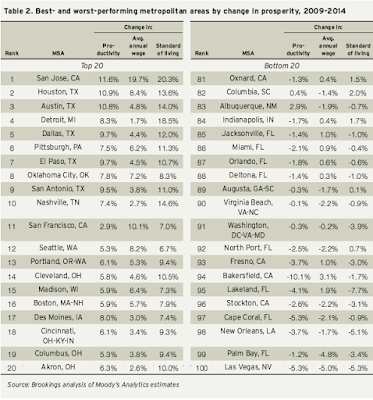By Alex Pearlstein, Principal and Vice President
Nothing confirms a trend quite like its entry into the world of children’s playthings. Lately, new conceptions of gender roles and images are making their way into the toy aisle. Barbie is now full-figured and Lego has just introduced a “stay-at-home” dad figurine as part of its Lego City collection. A set that also includes a mom wearing work clothes and various tableaus of search and rescue, law enforcement, transit, garbage collection, and an interesting item called “Prison Island Starter Set.” A Lego rep said the company made stay-at-home dad in order to “stay in tune with the world around us.” Can a “disgruntled voter” figurine be far behind?
 It’s notable that Lego associates stay-at-home dads and working moms so exclusively with city life. The assumption being that the city is where workforce roles are most fluid. The very fact that there is a Lego City confirms that perceptions of urban living and lifestyles are becoming mainstream. There can be no doubt that the generation coming up today will be inculcated in urbanity more than any since the proliferation of mass suburbanization. Popular culture exerts a powerful effect on generational perceptions and attitudes. Many experts partially attribute “back to the city” trends to Millennials growing up watching shows like “Friends” based in dense, urban neighborhoods. So one can reasonably expect that interest in cities as places to “live, work, and play” will carry on for at least another generation.
It’s notable that Lego associates stay-at-home dads and working moms so exclusively with city life. The assumption being that the city is where workforce roles are most fluid. The very fact that there is a Lego City confirms that perceptions of urban living and lifestyles are becoming mainstream. There can be no doubt that the generation coming up today will be inculcated in urbanity more than any since the proliferation of mass suburbanization. Popular culture exerts a powerful effect on generational perceptions and attitudes. Many experts partially attribute “back to the city” trends to Millennials growing up watching shows like “Friends” based in dense, urban neighborhoods. So one can reasonably expect that interest in cities as places to “live, work, and play” will carry on for at least another generation. What this means for communities is that axioms like “a body is only as healthy as its heart” and “you can’t have a successful region without a strong core” will continue to inform regional development strategies. Despite often stark differences in political preferences, development patterns, demographics, and other categories, urban, suburban, and rural leaders and constituencies must come together to promote the value-add of central city investment to the region at large. This will ensure that a full range of choices, from residential to entertainment to workplace to recreational, will be provided to talent and companies looking for places to plant roots and invest. Including stay-at-home dads.










